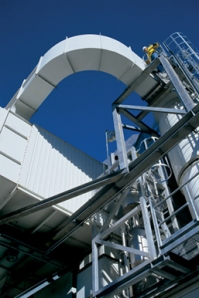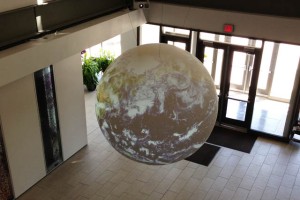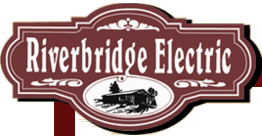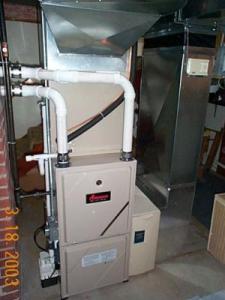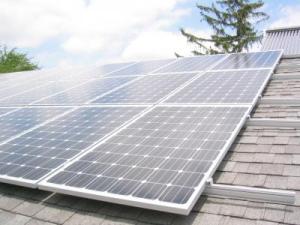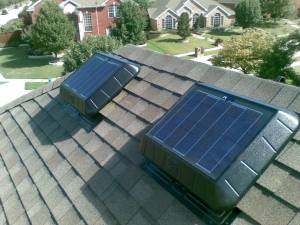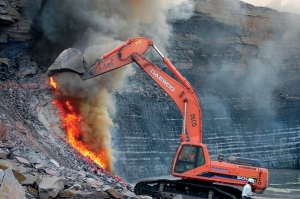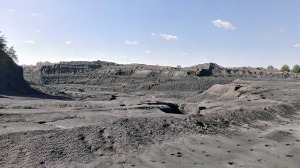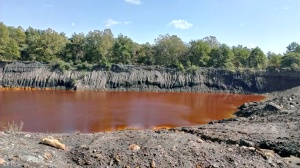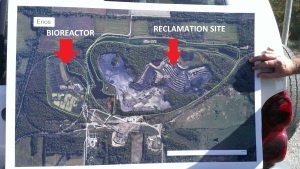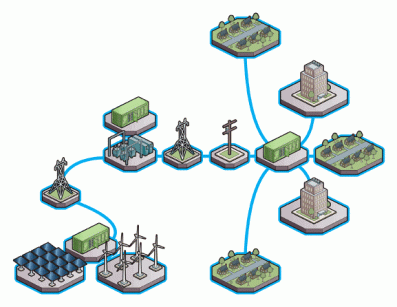Sustainable Communities V515 was my first exposure to the world of sustainable living. I had read few articles online but did not realise the depth of it. This course is perfectly designed for co learning and co teaching and the grasp you get on the concepts is way better and completely different from a course which has exams. I feel a course with exams has a temporary knowledge gain when compared to a course like V515.
I have lived in India for twenty three years of my life and was completely used to a different style of living but learnt the American life style in the past one and a half years. Whenever I completed an assigned reading or read somebody’s blog, I always compared it with India and if the ideas in the reading could be applied at a global level. And overall, I felt that it is possible to be sustainable and form sustainable communities throughout the world.
The best part of the course for me was the blogging and tweeting. It paved a way for me to think, research and write spontaneously. You always need a push to start writing your thoughts, and this was my push. When you learn a new concept, you blog not only for yourself, but also for the whole class to learn with you. That created an added pressure and thus this pressure developed into great blogs. The twitter feed part was very creative and limiting in the same way. “How can I compress all my thoughts into 140 characters?”, it was a challenge and needed creativity, and was fun. But the difference in thoughts of other people, coming from the same readings was very thought provoking.
Viewing the world has been a different experience after this course. The outside experience blogs made me think of every experience in a sustainable fashion. I had been to coal mines and reclamation sites through one of my other courses and observed the locations with a different viewpoint.
The personal and group projects were the two things which stood out for me. I got to learn so much that I could not imagine. The group project made me learn about how community development works and how a project can be developed from mere ideas. Working with NESCO was a real world experience in a class, which is a rare and valuable opportunity. My concentration at SPEA is energy but I had never thought about it through the mindset of a community development project. Thus, it broadened my knowledge scale about energy development.
My personal project – Indiana Renewable Energy, made me develop skills to effectively communicate with the Energy firms and exchanging ideas about the present and future of energy development in Indiana. I could understand what kind of situation the state of Indiana is in, and what exactly is in the mind of a person working in a Renewable Energy firm and what kind of work and policies should be applied to change the whole energy scenario in Indiana.
The book ‘Toward Sustainable Communities’ by Mark Roseland has a perfect emulation of what problems the world is facing right now and what we might face in the future. In a way Roseland explains to us that the answer to our problems is right in front of us, we just need to learn how to decipher it.
I have learnt a lot from this course and I will use the concepts of sustainability in all possible ways. If I was the instructor, I would not change anything about it. It is a fun way to understand concepts which are very important for the present and future.
(Adding a video of how sustainability can be explained in 2 minutes)
